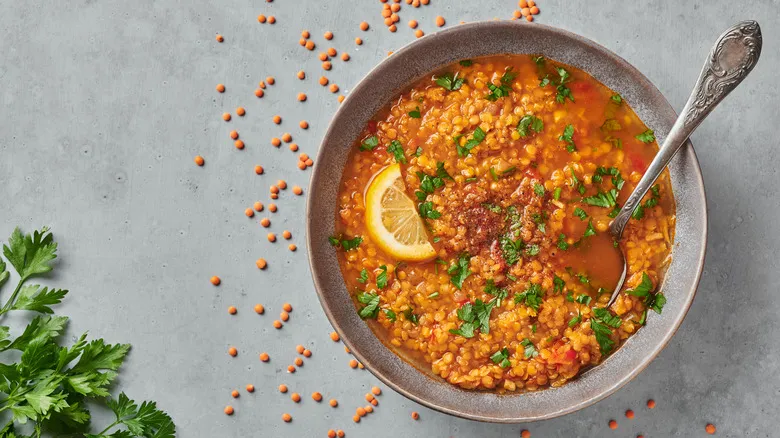Soak the daal to make cooking easier
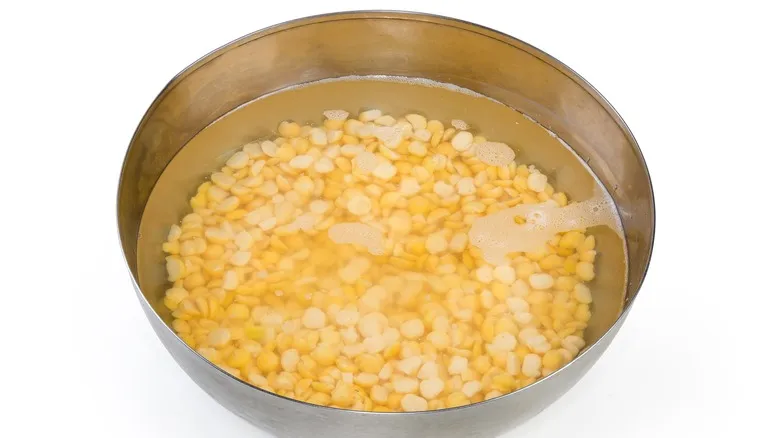
From a technical standpoint, the Instant Pot's impressive power means you can skip soaking your dry lentils before cooking. However, chef Varun Inamdar suggests that soaking can save you some time. "Soaking split lentils like toor or moong dal for 30 minutes can shorten the cooking duration," he explains.
Additionally, lentils contain compounds called phytates and lectins, which can lead to digestive discomfort for some individuals. Soaking the lentils beforehand can help alleviate these issues. If you choose to soak your lentils, place them in a pot with a lid and soak them to your preference. As long as your kitchen isn't too warm, soaking them for up to 12 hours is fine. Just be cautious not to exceed this time, as they may begin to sprout. To be on the safe side, you might want to follow Inamdar's recommendation of a 30-minute soak.
Sauté the aromatics for a deeper flavor
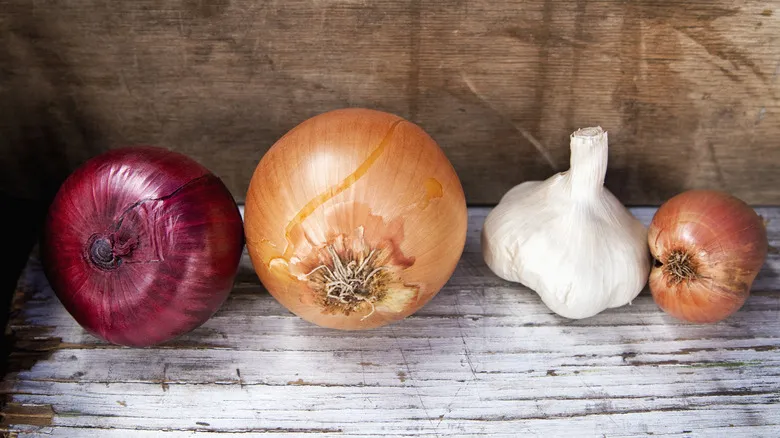
Chef Varun Inamdar recommends that home cooks utilize the sauté function of their Instant Pot to elevate the flavors in their daal recipe. To begin, consider sautéing some aromatics that many chefs incorporate to enhance the taste of Indian dishes. Common aromatics in Indian cuisine include onions, leeks, and spring onions—also known as scallions or green onions—as well as garlic cloves, carrots, and tomatoes. Inamdar suggests sautéing these ingredients with spices in oil or ghee.
Fresh ginger is another essential flavor in Indian cooking. Some chefs opt to cook ginger with the skin on, as it adds more depth to the dish. If you enjoy a pronounced ginger flavor in your daal, you might choose to slice unpeeled ginger into small pieces. However, if you prefer a milder taste, you can peel the ginger using the rounded end of a spoon before chopping it for sautéing.
Daal is often regarded as comfort food—similar to a warm bowl of creamy ramen or hearty mashed potatoes—and aromatics contribute significantly to its comforting qualities, adding savory depth and a hint of spice. The takeaway? Don’t overlook this crucial step when preparing your daal.
The water-to-lentils ratio is flexible

When it comes to making daal, adding water is often a matter of intuition. For adventurous home cooks, this flexibility can be a lot of fun. However, for those who are less experienced, especially when using an Instant Pot, it can lead to challenges—like ending up with dry daal.
If you consider yourself a free-spirited cook, here’s a helpful tip: maintain the water level about 1 inch above the lentils. This approach allows for some flexibility without the need for precise measurements. On the other hand, if you prefer to follow a recipe closely, Varun Inamdar recommends using 3 cups of water for every cup of lentils in your daal. Feel free to adjust this based on your preference. For instance, if you enjoy a thicker, stew-like consistency rather than a soup-like one, use less than 3 cups of water.
Work with seasonings to heighten the flavors
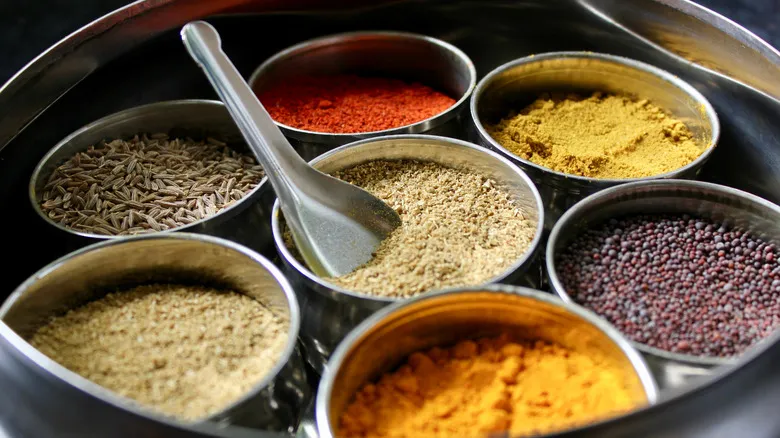
Spices are essential in preparing daal. Varun Inamdar highlights cumin, mustard seeds, and turmeric as his preferred spices for flavoring lentils. In India, these spices are typically stored in a round tin known as a masala or spice dabba; the one from Tanish Trading features seven compartments for organizing your key seasonings. Other spices you might find in the dabba include garam masala, cassia bark, chili powder, coriander powder, cardamom, and cloves.
Since "daal" refers to both the split pulses and the various dishes made from them, you may encounter recipes that require more spices than those recommended by Inamdar. Thus, any extra spices in your dabba could be useful for future Indian cooking, even if you don’t incorporate them into your daal recipe today.
Regarding seasoning the daal once it's cooked, Inamdar offers an additional tip: "Add salt after cooking," he advises, explaining that adding it beforehand can toughen the lentils. When serving the dish, he suggests enhancing the flavor with garnishes like fresh cilantro, lemon juice, or a spoonful of cream or ghee for extra richness.
Daal the next day

Anyone who has used an Instant Pot knows that this appliance is quite spacious, to say the least. This makes it an excellent option for preparing larger quantities of daal that you can refrigerate or freeze for future meals. Naturally, there's no reason for any extra food to go to waste. If you find yourself with leftover daal, simply transfer it to an airtight container and place it in the fridge, where it will remain fresh for up to five days. And don’t worry about the taste; as Varun Inamdar points out, “[It] often tastes even better the next day as the flavors meld.”
If you don’t plan to enjoy your leftover daal right away, consider freezing it instead. Be sure to let the daal cool completely before placing it in the freezer. Once cooled, you can store it in plastic zipper bags or sealed containers. Most daal recipes can be kept in the freezer for three to four months without losing their quality.
Recommended
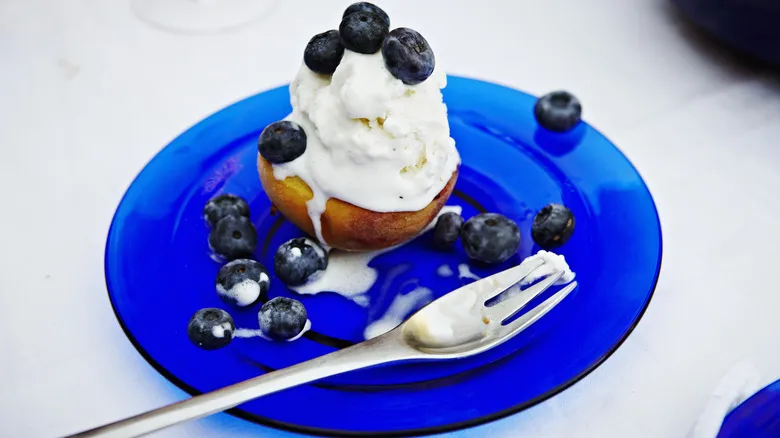
Why You Need An Ice Cream Fork And Where You Can Buy One
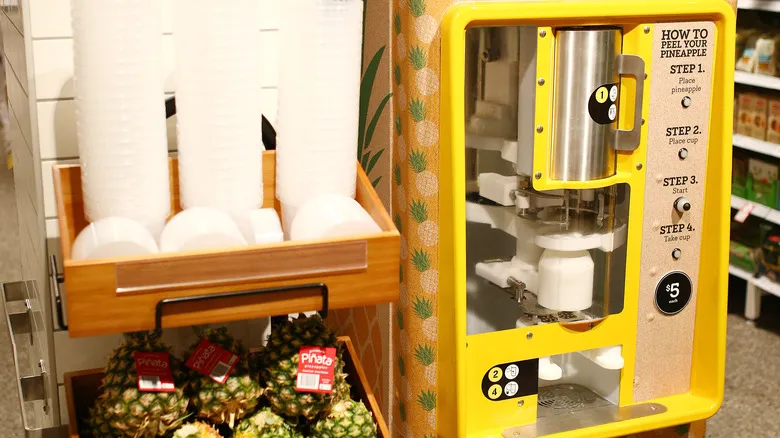
Are Pineapple Slicing Machines Mesmerizing, Terrifying, Or A Little Bit Of Both?
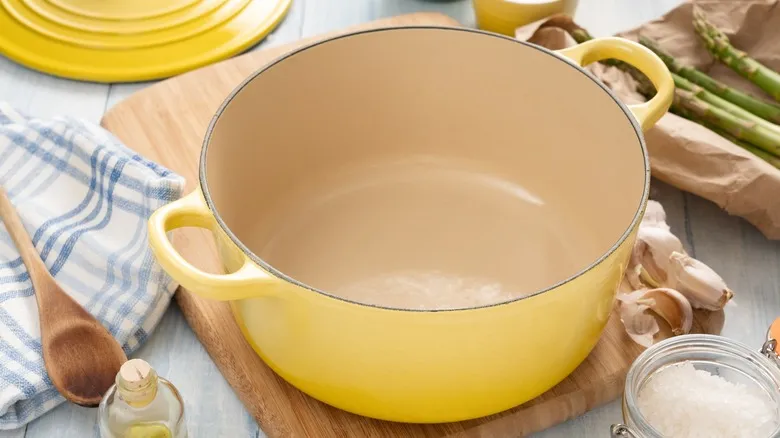
What Is A Dutch Oven And Do You Really Need One?

Tips You Should Know When Cleaning Your Air Fryer
Next up

